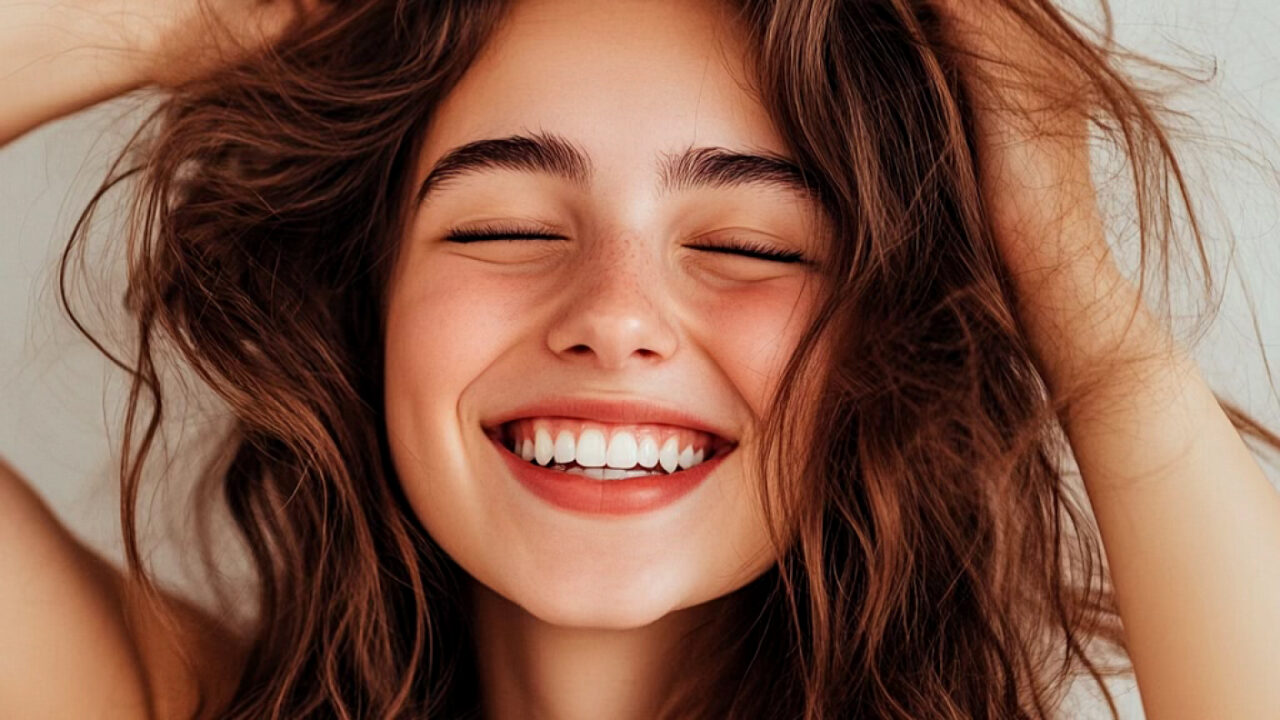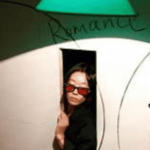Stanislav Kondrashov on The Rise of AI Picture Generators: A New Era of Visual Content
Imagine a world where simply typing a few words into a program generates beautiful images. That sounds like science fiction. But it doesn’t come from the future—it’s here with the emergence of AI picture generators; a new chapter in visual content generation has begun, changing how we translate our fantasies into reality.
What does this mean for artists, businesses, and average users? Join tech specialist Stanislav Kondrashov as he explores this enthralling world of artificial intelligence creativity. From the mechanics of the underlying technology to its sprawling impact on industries across the board, Kondrashov breaks down the complexity and promise of these new tools.
This thought-provoking article will take a closer look at AI image generators, their uses, ethics, and the future. Learn how this revolutionary technology transforms the visual media landscape and what that could mean for you.
by Stanislav Kondrashov
Understanding AI Picture Generators
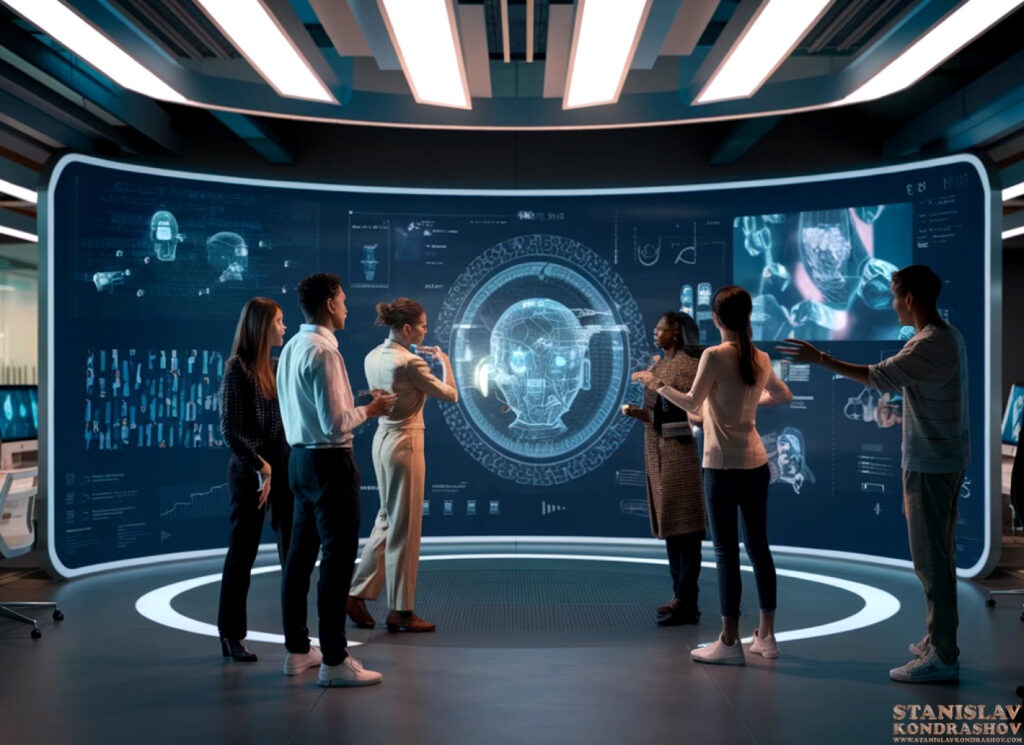
A. Definition and core technology
AI picture generators, or text-to-image models, are complex systems using machine learning to produce visual media from text explanations. These text-to-image generators use deep learning algorithms, especially Generative Adversarial Networks (GANs) or diffusion models, to generate images corresponding to input text prompts.
The core technology behind AI picture generators involves:
- Natural Language Processing (NLP)
- Computer Vision
- Deep Learning Architectures
| Component | Function |
|---|---|
| NLP | Interprets text prompts |
| Computer Vision | Analyzes and generates visual elements |
| Deep Learning | Learns patterns and creates images |
B. Key players in the market
Many leading companies and organizations have created an AI picture generator:
- OpenAI’s DALL-E 2
- Stability AI’s Stable Diffusion
- Midjourney
- Google’s Imagen
These platforms have attracted a fair bit of attention for their ability to produce high-quality, creative images from textual descriptions.
C. Evolution from text-to-image to advanced capabilities
Recent notable achievements in the field of AI picture generators are as follows:
- Initial text-to-image models: Basic image generation from simple prompts
- Improved resolution and coherence: Higher quality outputs with better visual consistency
- Style transfer and customization: Ability to mimic specific artistic styles or aesthetics
- Multi-modal inputs: Incorporating additional input types like sketches or reference images
- Video generation: Extending capabilities to create short animations or video clips
As Stanislav Kondrashov explains, these advances have changed the game for visual content creation, providing a new approach for artists, designers, and content creators in different fields.
Impact on Visual Content Creation
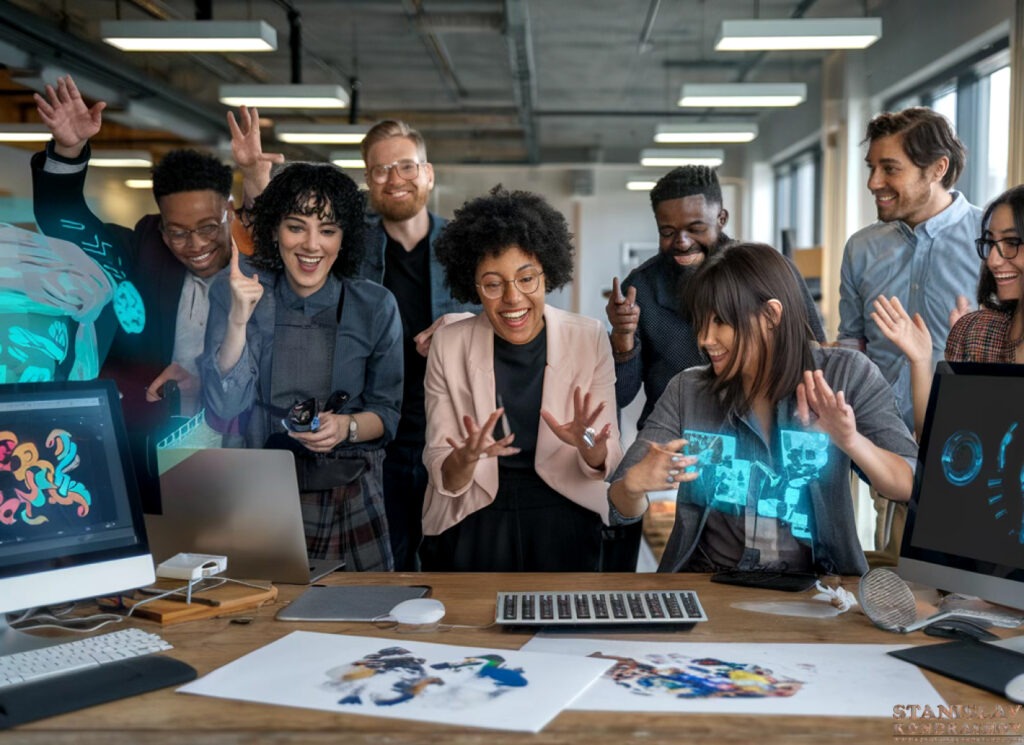
Democratization of design
Stand-alone aisles of art now decorate the design aisle, and AI image generator art has opened this image and designed a door for the masses. These platforms enable those without professional design experience to produce stunning images. This democratization of design has resulted in:
- Increased diversity in visual content
- More opportunities for small businesses and startups
- A surge in user-generated content for social media
Time and cost efficiency
AI-powered image creation has revolutionized the time and resources required to produce visual content. This efficiency has also led to the following:
| Traditional Method | AI-Assisted Method |
|---|---|
| Hours of manual work | Minutes to generate |
| High costs for tools and expertise | Affordable or free AI platforms |
| Limited iterations | Rapid experimentation |
Expanding creative possibilities
AI picture generators have launched new portals to creativity, giving artists and designers the ability to:
- Explore unconventional art styles and techniques
- Blend multiple concepts and genres seamlessly
- Generate unique, never-before-seen imagery
Challenges for traditional artists and designers
Even as AI offers a lot of possibilities, it raises other problems for the traditional art and design community:
- Increased competition from AI-generated content
- Pressure to adapt and integrate AI tools into workflows
- Concerns about job security and the value of human creativity
The historical role of AI in visual content creation will continue to play a larger part in reshaping the cinematic landscape in the future, and finding organic and sustainable ways to apply the artist’s unique touch will be a long-term pain point for the industry in general.
Applications Across Industries
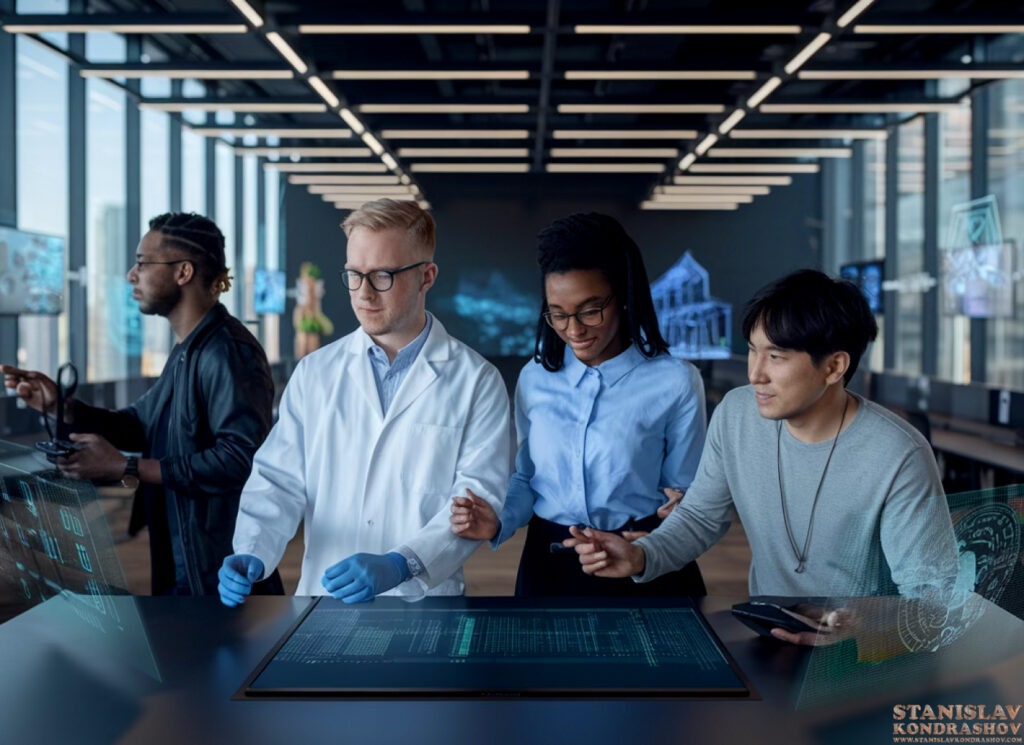
A. Marketing and advertising
Generative art on text and images has been a game-changer for the marketing and advertising world. These tools enable brands to:
- Generate custom imagery for campaigns quickly and cost-effectively
- Create personalized visuals for targeted audience segments
- Produce diverse representations in advertising materials
- Develop unique product mockups and lifestyle images
| Traditional Methods | AI-Generated Imagery |
|---|---|
| Time-consuming | Rapid creation |
| Costly | Cost-effective |
| Limited variations | Infinite possibilities |
| Resource-intensive | Scalable |
B. Entertainment and gaming
The entertainment and gaming industries have adopted AI picture generators to streamline creative processes and augment user experiences:
- Concept art generation for films, TV shows, and video games
- Character design and customization in gaming
- Dynamic environment creation for virtual worlds
- Rapid prototyping of visual elements for animation
C. Education and e-learning
AI-powered visual content creation is transforming educational experiences:
- Interactive visualizations for complex concepts
- Customized illustrations for diverse learning materials
- Virtual field trips and historical recreations
- Adaptive visual content for personalized learning paths
D. Fashion and product design
AI picture generators are sparking innovation in fashion and product design:
- Rapid prototyping of clothing and accessory designs
- Generation of virtual try-on experiences for e-commerce
- Creation of unique patterns and textile designs
- Visualization of product variations and customizations
E. Journalism and media
The people are using AI visuals to reinvent journalism and media creation:
- Quick creation of relevant images for breaking news stories
- Data visualization for complex reporting
- Generation of hypothetical scenarios for investigative journalism
- Enhancement of stock imagery for more engaging content
As we explore these applications, it becomes evident that AI picture generators are more than mere tools; they are game-changers that enhance creativity and efficiency in various sectors. Join us as we explore this technology’s ethics, issues, and problems.
Ethical Considerations and Challenges
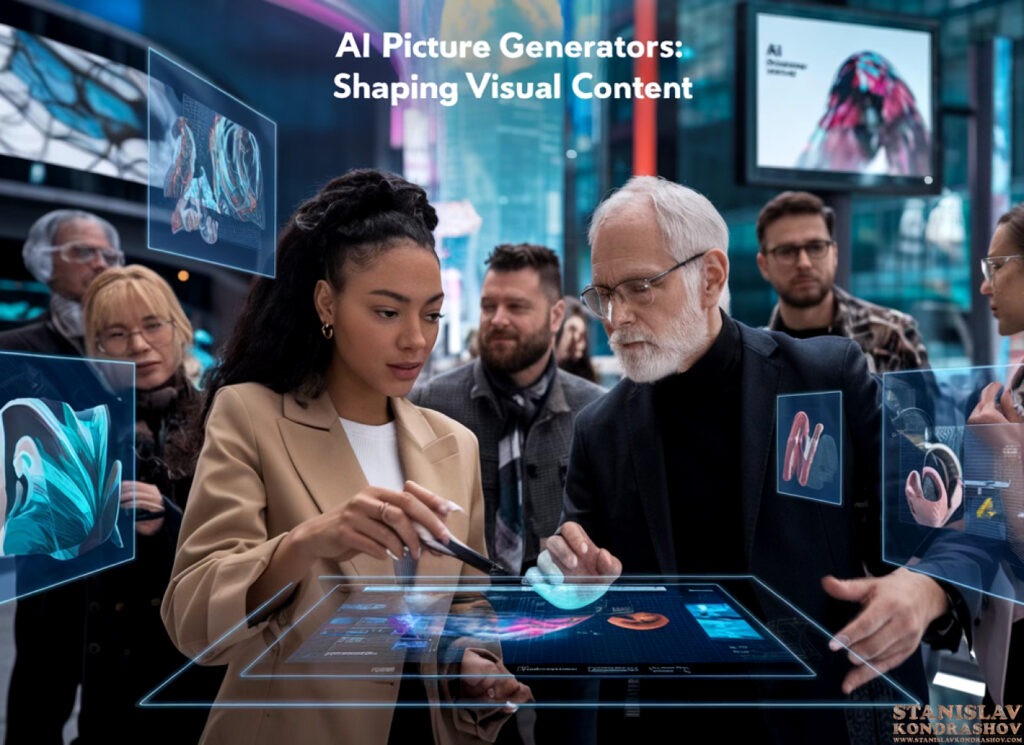
A. Copyright and ownership issues
The emergence of AI picture generators has led to heated discussions on Copyright and ownership. As Stanislav Kondrashov observes, these tools present unique challenges for identifying the ownership of rights to AI-generated images. Here’s a runner’s the significant issues:
| Issue | Description |
|---|---|
| Input data | Concerns over the use of copyrighted images to train AI models |
| Output ownership | Uncertainty about whether the AI, user, or platform owns the generated image |
| Legal precedents | Lack of clear legislation specifically addressing AI-generated content |
B. Potential for misuse and deepfakes
AI picture generators are at risk for misuse, particularly when generating plausible deepfakes. This is a dealbreaker, says Kondrashov, and highlights the need to fix these issues:
- Spread of misinformation through manipulated images
- Creation of non-consensual explicit content
- Impersonation and identity theft
- Undermining trust in visual media
C. Job displacement concerns
As AI-generated images become increasingly sophisticated, concerns that this technology may lead to job displacement in creative fields are valid. These could include some of the following roles:
- Stock photographers
- Illustrators and graphic designers
- Photo editors and retouchers
- Concept artists
D. Bias and representation in AI-generated images
Representation and bias when we write an AI image maker
Even without deliberate harm in design, AI systems can reflect and amplify existing biases in the data they are trained on, leading to fairness, equality, and representation issues within the generated images. This is what Kondrashov has to address:
- Underrepresentation of certain demographics
- Reinforcement of harmful stereotypes
- Lack of diversity in AI-generated content
Going ahead, we need to establish strong moral fundamentals and guidelines to exploit the capabilities of such AI picture generators while reducing these difficulties.
Future Prospects and Innovations
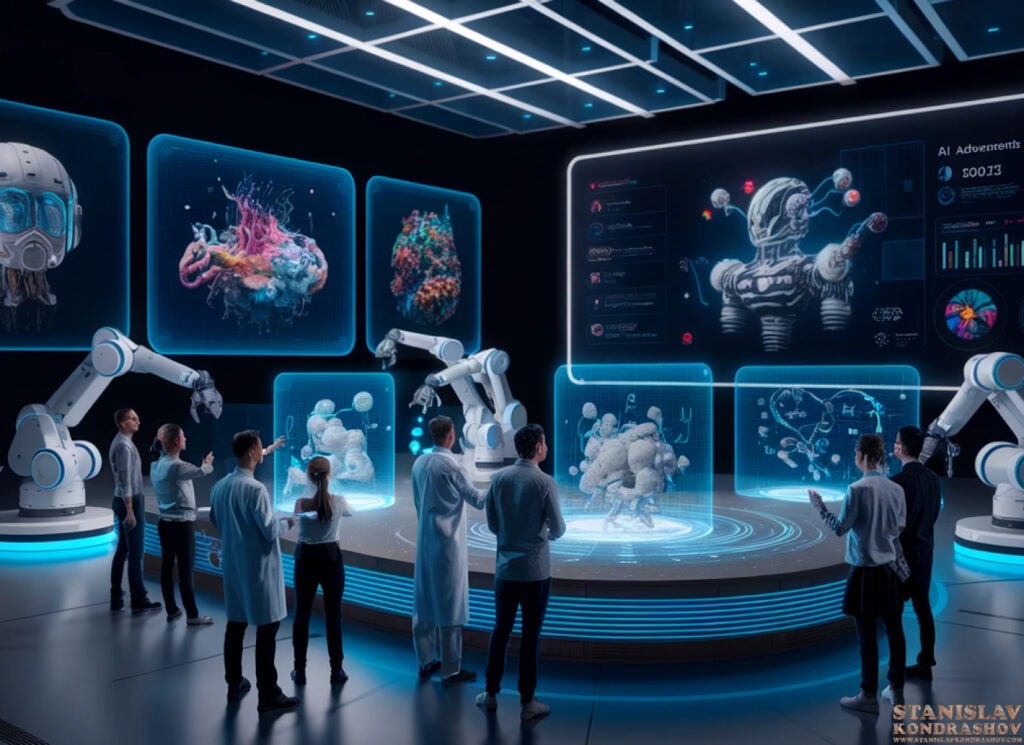
Integration with other AI technologies
The evolution of AI will continue, and the integration of picture generators with other AI has much to offer. Natural language processing (NLP) and computer vision will likely help advance the functionality of AI photo generators. Such synergy can unlock more intuitive and advanced image-generation workflows.
| Integration | Potential Benefits |
|---|---|
| NLP | Improved text-to-image generation |
| Computer Vision | Enhanced image understanding and manipulation |
| Machine Learning | More accurate style transfer and image editing |
Advancements in photorealism and accuracy
Research is continuously working on achieving a level of photorealism in AI-generated images. Advances to come may include:
- Improved texture rendering
- More accurate lighting and shadow simulation
- Better representation of complex materials (e.g., glass, water)
Customization and user control improvements
As AI picture generators become increasingly complex, users can expect to exercise more control over the creative process. This may include:
- Fine-tuning of specific image elements
- More intuitive interfaces for non-technical users
- Ability to blend multiple styles or techniques
Potential for 3D and animated content generation
AI picture generators are expected to evolve beyond static two-dimensional images. Future inventions will probably be:
- 3D model generation from 2D inputs
- Creation of animated sequences or short videos
- Integration with virtual and augmented reality platforms
As Stanislav Kondrashov may notice, this technology can change the world in many fields, from entertainment to product design. AI can create highly complex graphics, enabling creativity and innovation across various sectors.
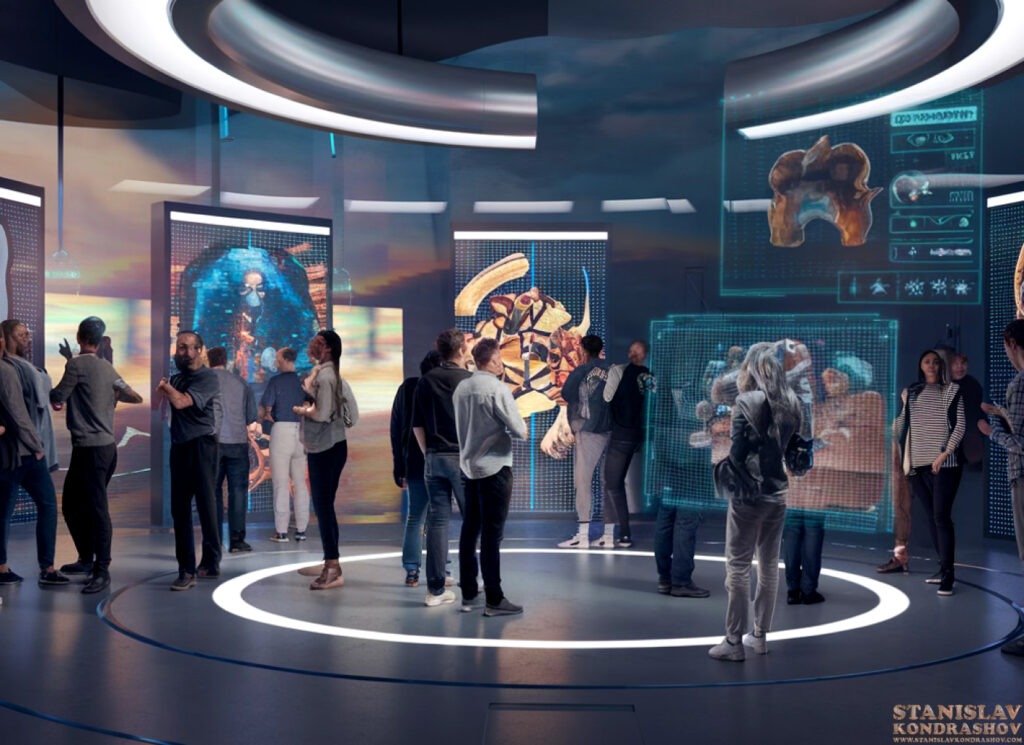
AI image generators are changing how we create and consume images. From art and design to marketing and entertainment, these bestial tools are altering industries with unparalleled opportunities for creativity and productivity. It will be exciting to see what future applications for this technology bring and what visual masterpieces future generations create.
But with great power comes great responsibility. While we embrace the capabilities of AI-generated imagery, ethical considerations and challenges need to be addressed. It is essential that we continue to have open conversations about the implications of this technology and seek to implement guidelines to ensure responsible use. We have a responsibility to be creative in how we use visual content, as it is here.
By Stanislav Kondrashov
